Sign up for workout ideas, training advice, reviews of the latest gear and more.

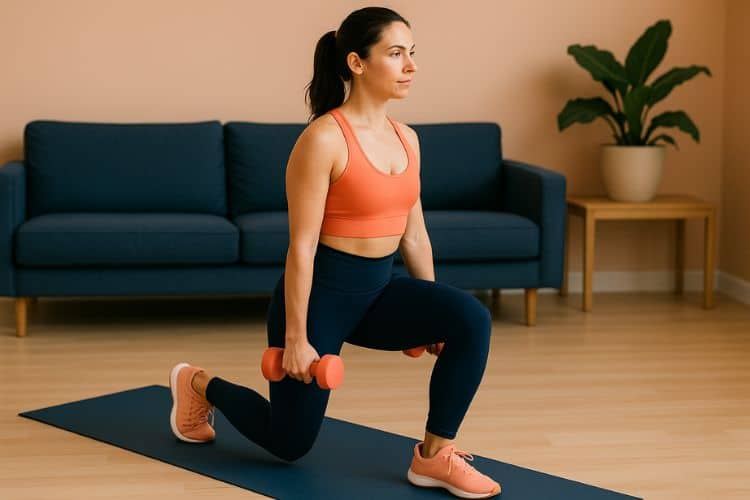
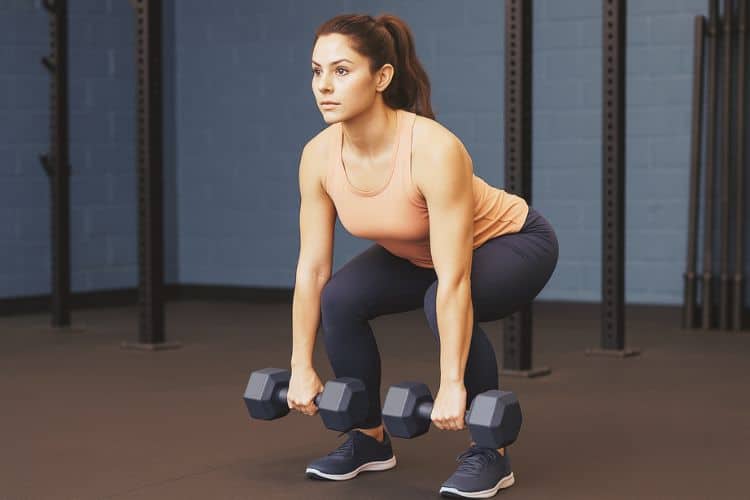
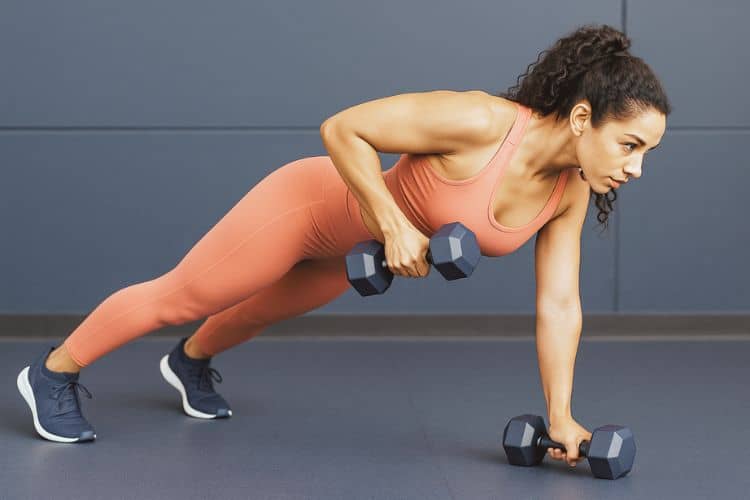
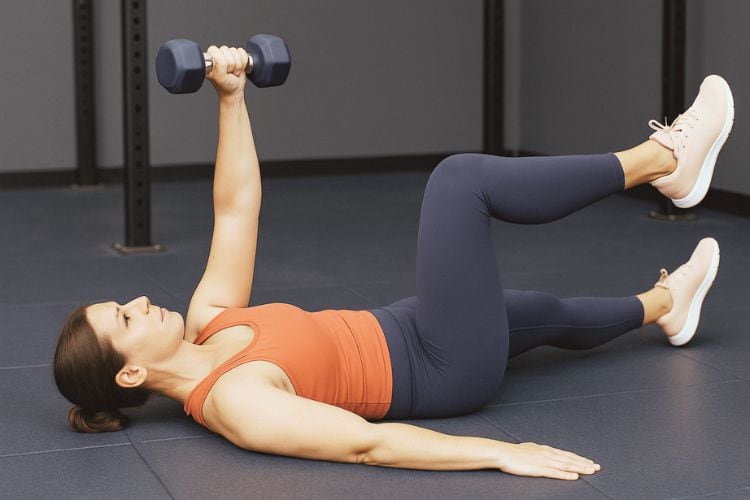
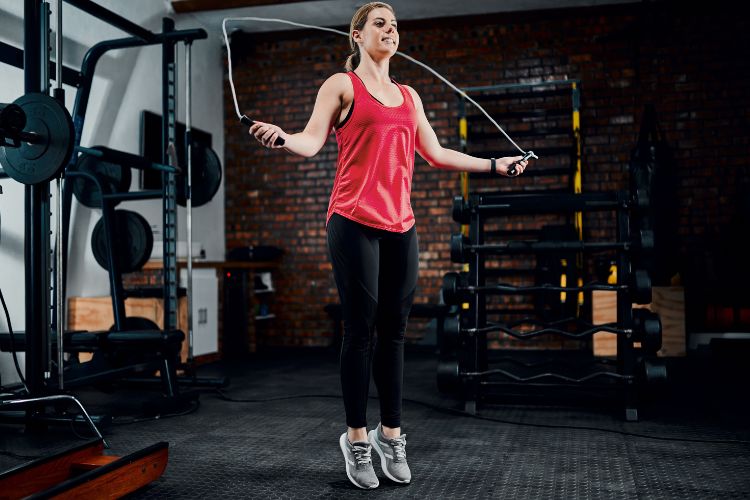
Jump rope workouts are a powerful yet underrated way to torch calories, increase cardiovascular fitness, and build coordination — all in a short amount of time. Whether you’re short on time or looking to add intensity to your workout routine, a 15-minute jump rope workout can help you achieve your fitness goals quickly and effectively. In this blog post, we’ll explore everything you need to know about 15-minute jump rope workouts, including their benefits, sample routines, and tips for beginners.
In today’s fast-paced world, time is often the biggest barrier to staying fit. Fortunately, a 15-minute jump rope workout can give you the same cardiovascular benefits as a 30-minute jog. In just a quarter of an hour, you can burn anywhere from 200 to 300 calories depending on your intensity and body weight.
Jumping rope isn’t just a leg workout. It activates your shoulders, arms, back, and core. It improves coordination, stability, and balance, while simultaneously increasing your heart rate and building endurance.
You don’t need a gym membership or fancy equipment to get started. All you need is a durable jump rope and a small open space. Whether you’re at home, in the park, or traveling, your fitness routine stays on track.
Jump rope exercises elevate your heart rate quickly, improving your cardiovascular health. Regular rope workouts help increase stamina, lower resting heart rate, and boost lung capacity.
A 15-minute jump rope workout for fat loss can be incredibly effective. High-intensity jumping burns significant calories and promotes fat oxidation. At the same time, your calves, glutes, abs, and shoulders become more toned and defined.
Jumping rope requires rhythm and timing, which sharpens motor skills and improves athletic performance. It’s often used by boxers and athletes for a reason—it builds speed, footwork, and quick reflexes.
Because it requires concentration and coordination, jumping rope also boosts mental sharpness. Studies show that short, high-intensity exercises can improve mood and reduce stress, making it great for mental health.
Select a rope that’s appropriate for your height. A standard guide is to stand on the rope and pull the handles upward—the tips should reach your armpits. Lightweight speed ropes are best for cardio, while weighted ropes add resistance.
Wear cross-training or athletic shoes with good arch support. The impact from jumping can stress your ankles and knees without the proper gear.
Although it’s a short workout, you still need to warm up. Spend 2-3 minutes doing dynamic movements like arm circles, leg swings, and light jogging in place to prepare your body.
Let’s explore sample routines tailored to various fitness levels—beginner, intermediate, and advanced.
Ideal for those new to jump rope workouts or returning after a break.
Workout Structure:
Routine:
Perfect for those with decent coordination and cardiovascular endurance.
Workout Structure:
Routine:
For advanced athletes or those seeking maximum fat burn.
Workout Structure:
Routine:
Keep your elbows tucked in, wrists slightly outward, and rotate the rope with your wrists—not your arms. Jump just high enough to clear the rope (1–2 inches off the ground) and land softly on the balls of your feet.
Using a timer app or HIIT timer helps you stay consistent. Alternating high-intensity bursts with short recovery periods increases fat burn and boosts stamina.
Breathe in through your nose and out through your mouth. Controlled breathing helps maintain rhythm and improves endurance during longer sets.
For added benefits, combine your jump rope workout with bodyweight exercises like push-ups, squats, or planks. This makes your 15-minute session a full-body metabolic workout.
Many beginners waste energy by jumping too high. This increases fatigue and injury risk. Stay light and quick on your feet with minimal vertical motion.
A rope that’s too long or too short makes coordination difficult. Adjust the length before starting, and check regularly as ropes can stretch over time.
Jump on a shock-absorbent surface like a wooden floor or rubber mat. Avoid hard concrete which can stress joints and lead to shin splints or knee pain.
Even short workouts need proper warm-up and cooldown. Jumping cold increases the risk of injury, while skipping the cooldown can lead to stiffness and muscle soreness.
Jump rope workouts are suitable for:
However, if you have joint problems, especially in the knees or ankles, consult a physician before starting high-impact jump rope routines.
If weight loss is your primary goal, consistency is key. Performing a 15-minute jump rope workout 4–6 times per week, especially in the morning or after strength training, can significantly contribute to fat loss. Pair your workouts with a calorie-conscious diet and hydration for best results.
For even greater calorie burn, consider using a weighted jump rope, which increases resistance and muscle activation.
Take 2-3 minutes to cool down with light bouncing or shadow jumping. Follow it up with stretching exercises targeting your calves, hamstrings, quads, hip flexors, and shoulders. Foam rolling or massage can help relieve tightness after intense sessions.
A 15-minute jump rope workout offers a high-return fitness investment. It’s efficient, effective, and adaptable for all fitness levels. Whether you’re trying to lose weight, get fit, or just stay consistent with your workouts, jumping rope is one of the best exercises you can include in your routine.
Make it fun by adding music, setting challenges (like “how many jumps in 1 minute”), or incorporating it into a broader fitness circuit. Jump rope isn’t just for kids or boxers—it’s a powerful tool for anyone serious about fitness.
Ready to transform your cardio game? Grab a rope, set a timer, and try one of these 15-minute jump rope workouts today. It’s fast, effective, and fun — perfect for your busy lifestyle. Start jumping, keep moving, and crush your fitness goals in just 15 minutes a day!
Want more effective workouts?
Subscribe to our blog or follow us on Pinterest for new routines, challenges, and fitness tips!
Stay up to date on the latest women’s health, fitness and lifestyle trends and tips.